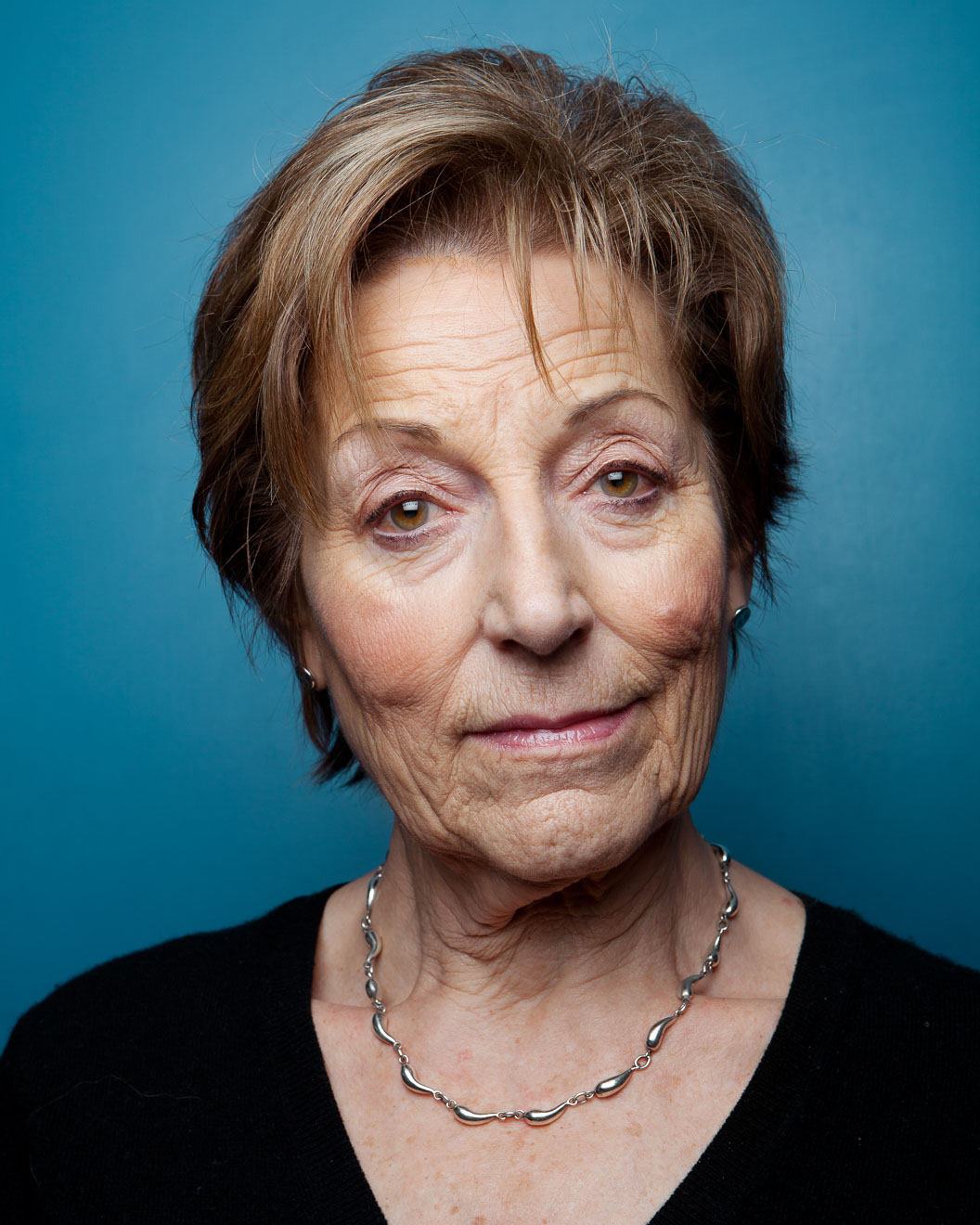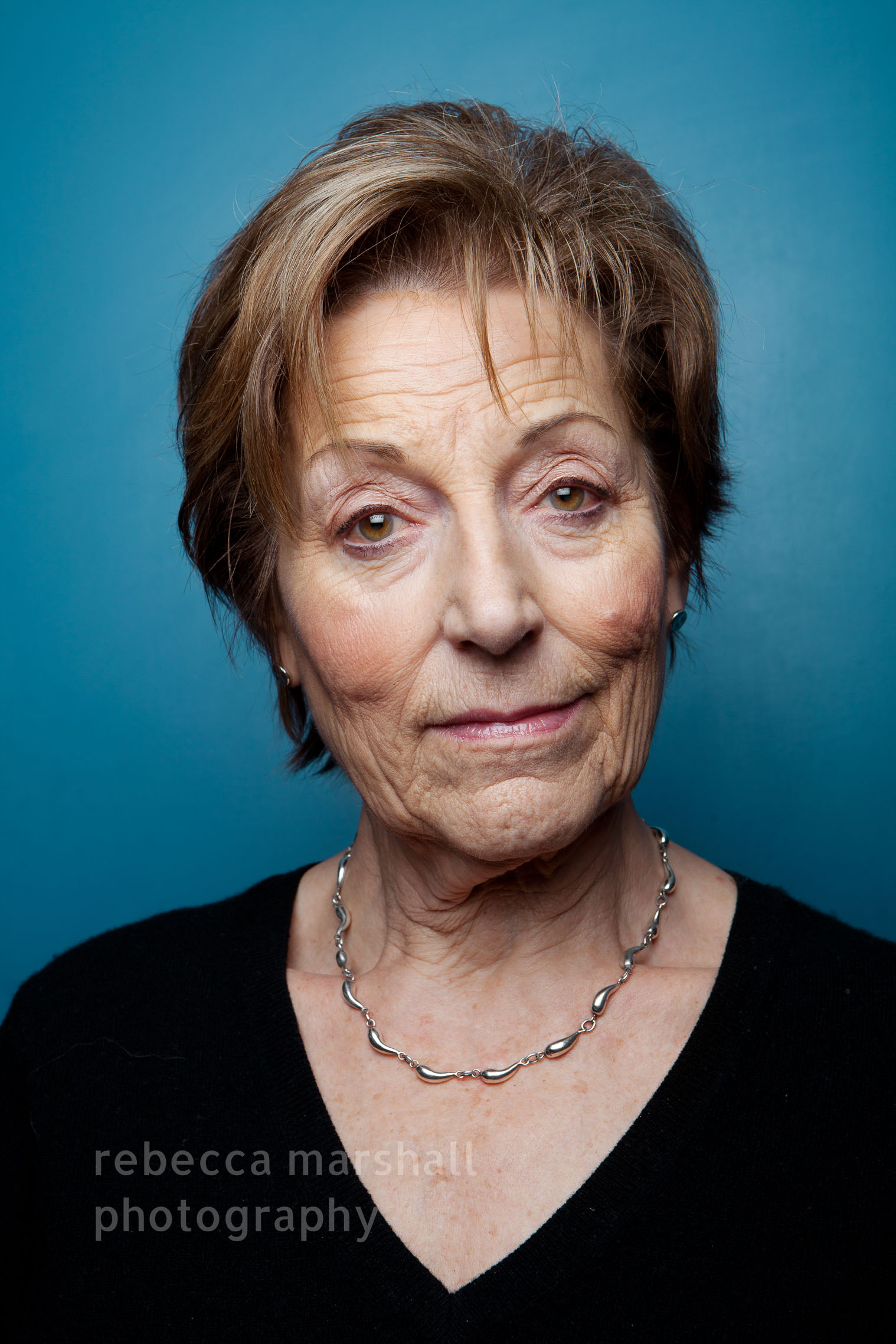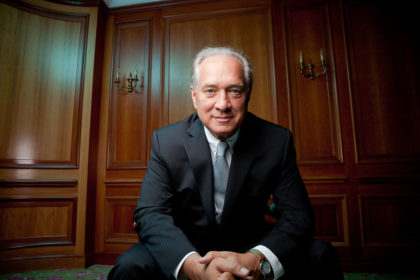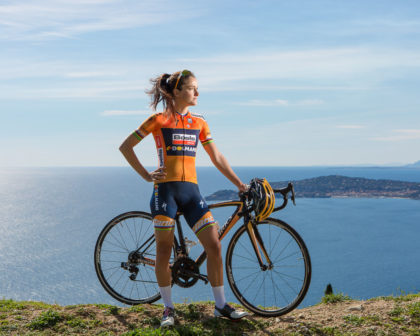Up until this year, I had no idea that regular stomach bloating could be a sign of anything more sinister than a diet too heavy in cabbage. I am probably not alone in this assumption. Ovarian cancer is less well-known than some of the other cancers. The survival rate of this disease draws attention though: I was shocked to learn that only 40% of women diagnosed with ovarian cancer survive beyond 5 years. Symptoms often pass unnoticed, being as ordinary as feeling full quickly or bloating. So many cases are only diagnosed in later stages, when treatment is far less likely to be successful.
No more gloss
Ovarian Cancer Action is on a mission to make women everywhere more aware of the symptoms of this cancer, and to take them seriously. I met Lucinda, now the charity’s head of marketing, back in 2007 at the London award ceremony where I won Professional Photographer magazine’s Press Photographer of the Year. She remembered me this year when she was looking for a photographer to breathe new life into the organisation’s image. OUT: stock photography of polished models and shiny surfaces. IN: powerful images of real women who have had ovarian cancer.
More to it than meets the eye
We quickly and instinctively detect falsity in facial expressions. To create images for posters and leaflets that people sitting in doctors’ waiting rooms could identify with, I needed to shoot strong, honest portraits of very human women. Whilst I didn’t want put-on smiles, neither did I want my portraits to communicate suffering or hardness. I wanted people to feel good about looking deeper into these faces; seeing courage, or depth, or a story.
Creating this kind of connection as a photographer, for me, means first and foremost finding it person to person. Shooting ‘real people’ (as opposed to models) is a sensitive business; especially in this case. Time was short, and all the women I would photograph had suffered, or were in partial remission, from a life-threatening disease. I asked to be closely involved with the shoot planning beforehand, even down to the wording of emails to the subject group. I swiftly deleted all words like ‘model’ and ‘photoshoot’, and veto-ed stylists and make-up artists. I removed as many stressful elements as I could, to lead the women away from thinking that they would be models for the day. How could I capture a woman’s character and depth if her external appearance – and any concern she had about it – were in the forefront of her mind?
In each case, I took as much time as I could with each subject before disappearing behind my camera. It was a great privilege for me to meet such strong, determined women and hear something of their stories.
For Anita
The memories of what Anita told me come back in fragments. Born in Eastern Europe … a child survivor of a camp during World War II … later raising many children, perhaps alone…a woman whose age today was a great surprise to me…
But most of all, Anita struck me with her poise, dignity and sparkle. On the way to the shoot that morning, the taxi driver had chatted away to me incessantly (as only London cabbies can) and one thing he impressed on me was the idea that some women grow into an ‘age of gold’. In his view, an accumulation of life experience and character can, in some women, crystallise into a powerful, quiet strength and durability – like the element of gold – that, in his opinion (as an older man), older men simply don’t have.
Anita, you are very much a woman of gold.



